Adults that are looking to straighten their teeth and achieve a more perfect smile often face a crucial decision: Invisalign or braces?
This decision, while seemingly straightforward, can often be influenced by various factors ranging from aesthetics and comfort to treatment time and cost. To help make an informed choice, let’s dive into the key differences and advantages of both options.
The Basics: Invisalign and Braces
Invisalign for adults is a modern solution for teeth straightening that uses a progressive series of clear and removable aligners that are custom-molded for each patient. The aligners are gradually changed every couple of weeks to move the teeth to their desired positions.
Since they’re nearly invisible, they allow for discretion during the treatment process. You can also remove them when you are eating or drinking as you need to, provided you must also put them back on your teeth after.
On the other hand, braces are one of the most widely known and oldest orthodontic treatments that use metal brackets and wires attached to the teeth to exert pressure and move them. While metal braces are the most common, there are ceramic and clear options available that are less noticeable.
Aesthetics: The Discreet vs. The Visible
One of the most significant advantages of Invisalign is its discreet nature. Clear aligners offer an almost invisible method for straightening the teeth, making it a popular choice among adults, especially those who are self-conscious about wearing braces. The absence of wires and brackets gives wearers the confidence to smile without hesitation.
Braces, while effective, are more noticeable. Even the ceramic or clear options, although less visible than metal braces, are still apparent. For those who prioritize aesthetics, this can be a point of contention.
Comfort and Convenience: Flexibility vs. Consistency
In terms of comfort, many find Invisalign aligners more comfortable than braces. Without the brackets and wires that can poke and irritate the mouth, Invisalign wearers report fewer mouth sores and less discomfort. Moreover, the ability to remove aligners during meals means no dietary restrictions – a freedom not granted to braces wearers.
However, this removable feature can also be a double-edged sword. It requires discipline. Forgetting to wear the aligners for the recommended 20-22 hours a day can delay treatment progress.
Braces, while non-removable, ensure consistent pressure on the teeth. This consistency can lead to potentially faster results for some complex orthodontic issues. Additionally, there’s no risk of misplacing them, a concern with removable aligners.
Hygiene: Simple Cleaning vs. Detailed Care
Maintaining oral hygiene is easier with Invisalign. Simply remove the aligners before you start brushing and flossing as usual. The aligners themselves can be cleaned using a soft-bristle toothbrush or a specialized cleaning solution.
With braces, cleaning requires more effort. Food particles can easily get trapped, necessitating the use of interdental brushes, floss threaders, and mouthwash to clean around the brackets and wires effectively.
Treatment Duration: Variable vs. Fixed
Treatment time often varies based on the complexity of the orthodontic issue. As an average estimate, Invisalign treatment typically lasts between 12 to 18 months, but it’s crucial to wear the aligners consistently to achieve these timelines.
Braces, in many cases, have a slightly longer treatment duration, often ranging between 18 to 24 months. However, for some complex issues, braces can be more efficient, resulting in shorter treatment times.
Cost Considerations: Investment in Discretion vs. Traditional Efficiency
Cost can be a deciding factor for many, if not the ultimate deciding factor. Invisalign, being a relatively newer technology and offering the advantage of discretion, often comes at a higher price point. The exact cost will vary based on geographic location, the complexity of the case, and the duration of treatment.
Braces, being a tried-and-true method, often come at a lower cost. Again, the exact price can fluctuate based on the type of braces chosen (metal, ceramic, or clear) and other individual factors.
If you are concerned about the cost of either Invisalign or specific types of braces, consult with your orthodontist about payment options. Some may offer financing solutions that allow you to pay over time at a lower monthly rate rather than a single, larger upfront cost.
Get Braces and Invisalign for Adults in St. Augustine, FL
Deciding between Invisalign and braces requires a careful evaluation of personal preferences, treatment needs, budget, and desired outcomes. For some, the allure of a nearly invisible treatment method is compelling, making Invisalign the clear choice. For others, the proven efficacy and potentially shorter treatment times with braces might be more appealing.
It’s essential to consult with an orthodontist to discuss specific needs and get a professional recommendation. Remember, the primary goal is to achieve a healthier, straighter smile, and both Invisalign and braces have proven their worth. The choice, ultimately, should align with your specific needs and priorities.
If you are seeking braces or Invisalign for adult treatment in the St. Augustine, FL area, schedule an appointment at Henry Advanced Orthodontics. We provide both braces and Invisalign treatment for patients of all ages as well as flexible in-house financing that can often extend past the timeline of treatment.
Schedule a free consultation with us today or contact us anytime for more information.
